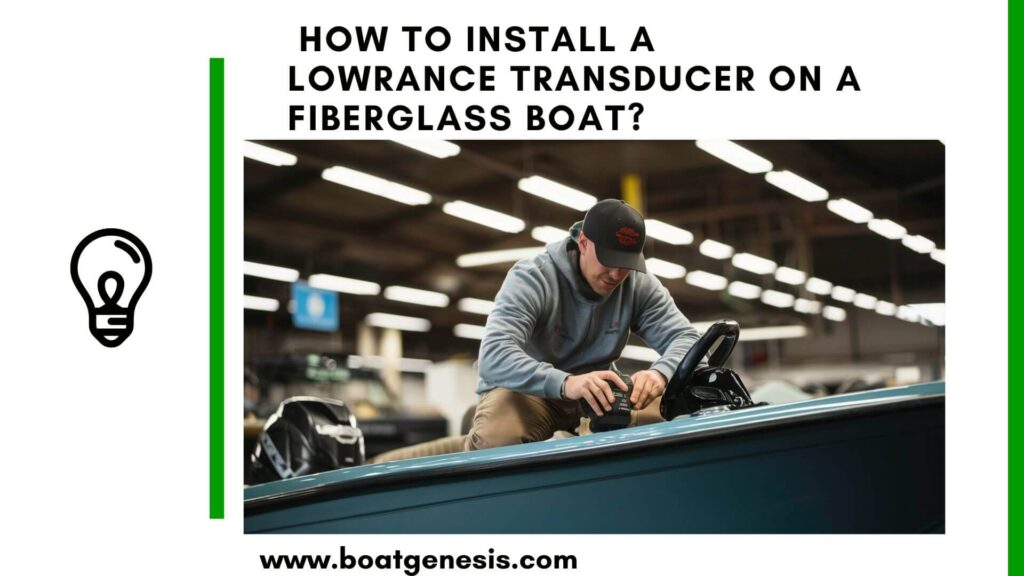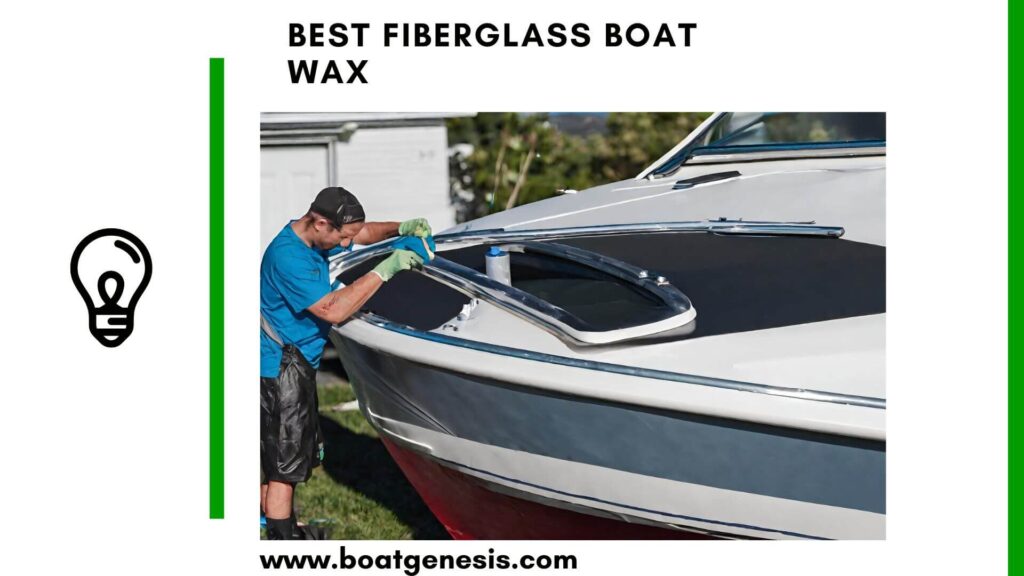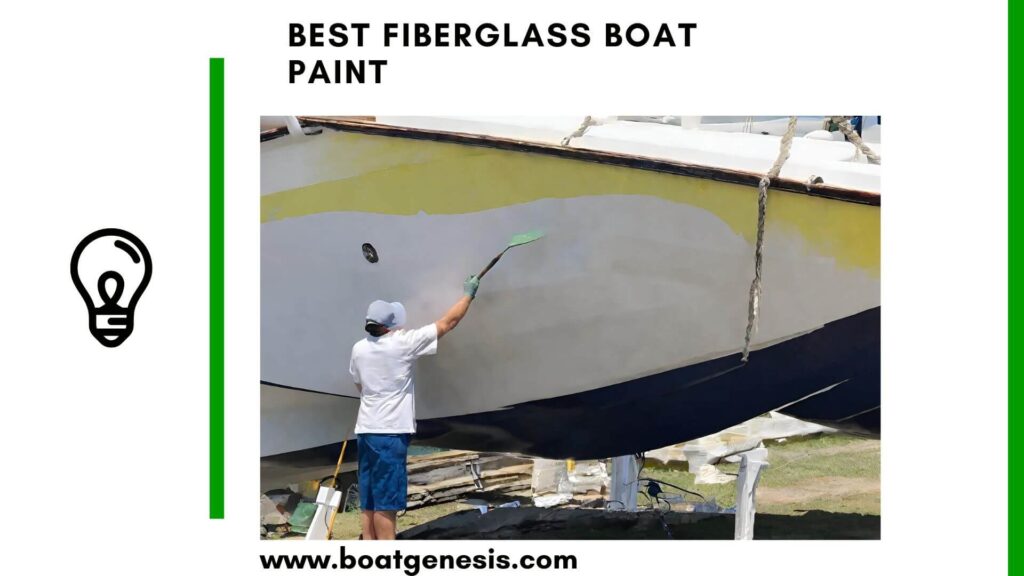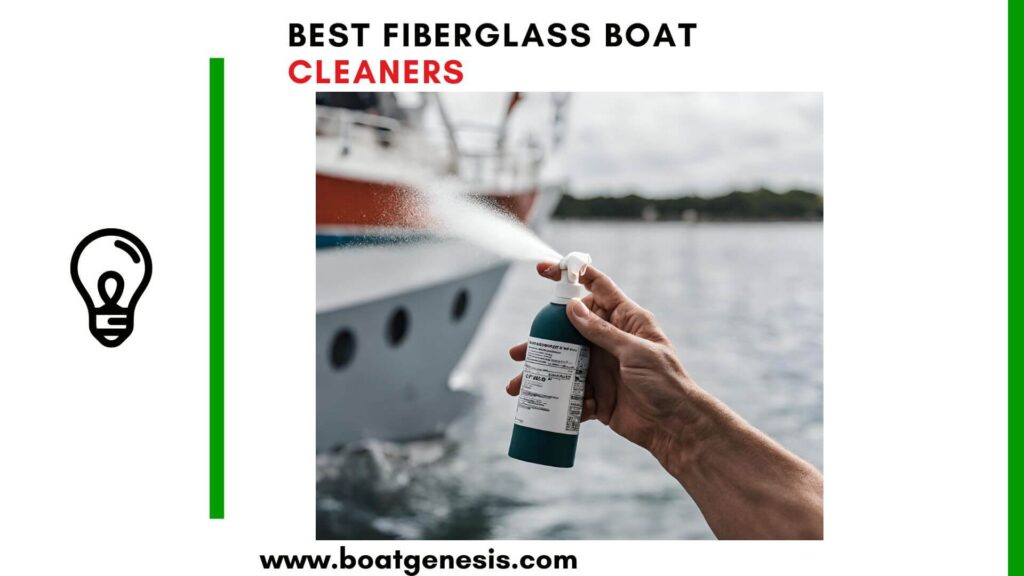Installing a Lowrance transducer on your fiberglass boat is a straightforward process that will allow you to mount your transducer without drilling any holes in your hull.
With the right tools and a bit of know-how, you’ll be ready to hit the water and find fish in no time!
Here’s a step-by-step guide.
How to Install a Lowrance Transducer on a Fiberglas Boat?
Here are my recommended steps to install a Lowrance transducer on a fiberglass boat.
1. Choosing the Right Mounting Location
The first step is picking the optimal spot to mount your Lowrance transducer on your fiberglass boat.
For the best performance, mount it on the starboard side if your prop rotates clockwise (which 95% do). This ensures smooth water flow over the transducer.
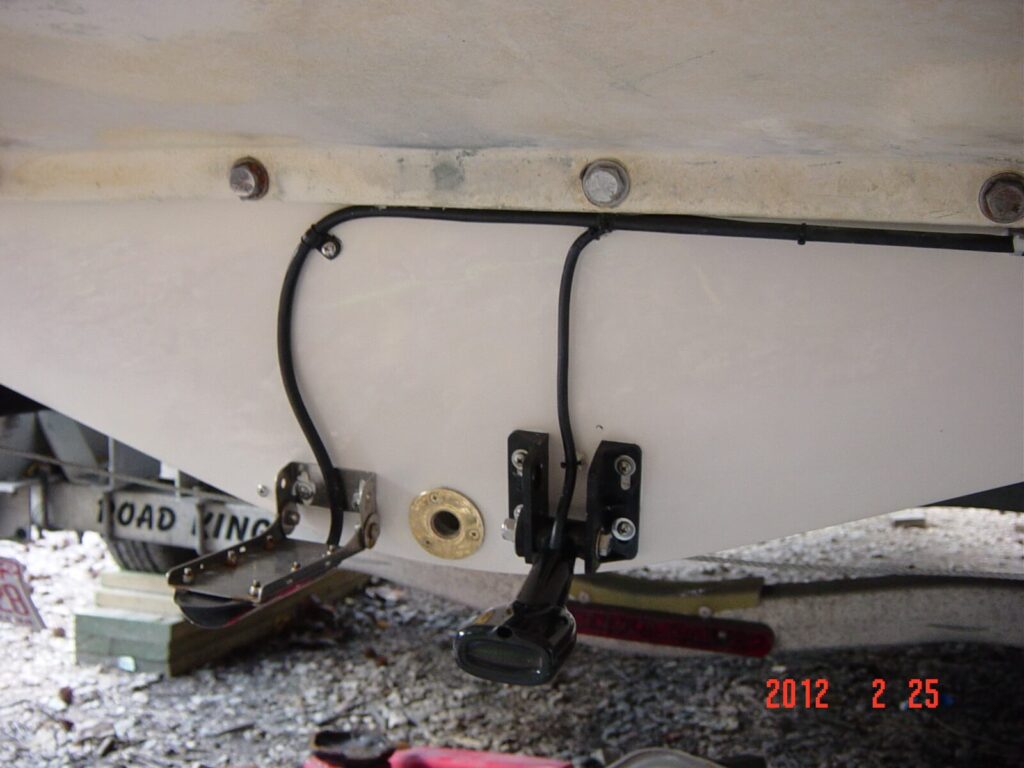
Avoid locations near strakes, steps, ribs, or anything else that could disturb the water flow. The transducer should be mounted parallel to the ground when the boat is on plane.
2. Mounting the Transducer
Once you’ve picked the perfect spot, it’s time to install the transducer.
Clean the mounting area thoroughly. If using a transom mount bracket, position it and mark the screw holes. Drill pilot holes, being careful not to drill through the hull.
Apply a marine adhesive sealant to the mounting screws and fasten the bracket securely. Next, attach the transducer to the bracket, routing the cable properly to avoid damage. Use cable ties or clamps to secure the wire every 12 inches.
3. Running the Transducer Cable
After mounting, you need to run the transducer cable to your Lowrance unit.
Drill a small hole above the waterline to pass the wire through, sealing it with marine sealant. Make sure to leave a bit of slack.
Inside the boat, continue securing the cable out of the way. Plug it into the sounder module or directly into your fish finder display depending on the model. Power on your unit and you should be in business!
==>> Also read: How to mount downriggers on a fiberglass boat?
Troubleshooting & Tips
- If you’re not getting readings at speed, the transducer may not be mounted parallel to the ground or is in turbulent water. Adjust the angle or position.
- Inspect the transducer periodically for any damage or fouling. Clean as needed following the manufacturer’s instructions.
- If you’re still having issues, double check your settings and connections. Consult your manual or contact Lowrance support.
Final Word
Installing a Lowrance transducer on a fiberglass boat is a relatively easy DIY project that opens up a whole new world of fishing possibilities.
If you carefully choose your mounting location and take your time with the installation, you’ll spot structure and reel in trophies before you know it.

Founder of BoatGenesis, Warren has hands-on experience in fiberglass boat repairs, marine equipment testing, and powerboat building. Learn more about Warren.

